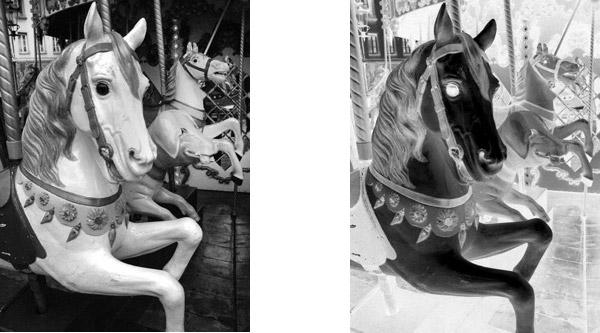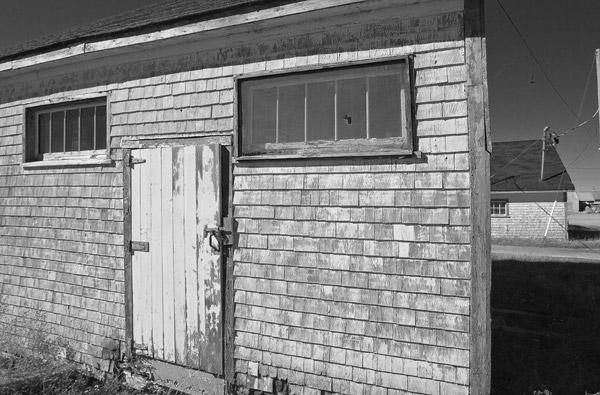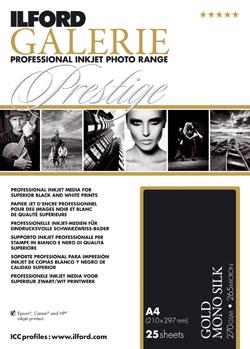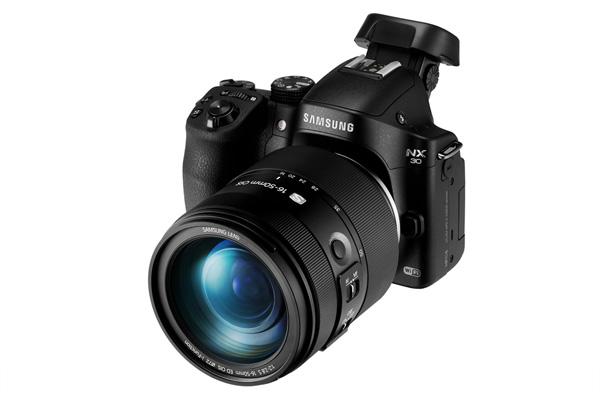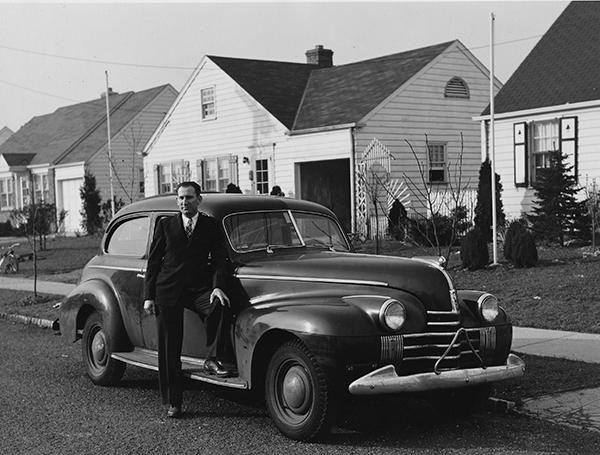|
Mar 17, 2014 |
First Published: Feb 01, 2014
|
Mar 21, 2014 |
First Published: Feb 01, 2014
|
Jan 28, 2014
|
Jan 21, 2014
|
Jan 14, 2014
|
Feb 07, 2014 |
First Published: Jan 01, 2014
